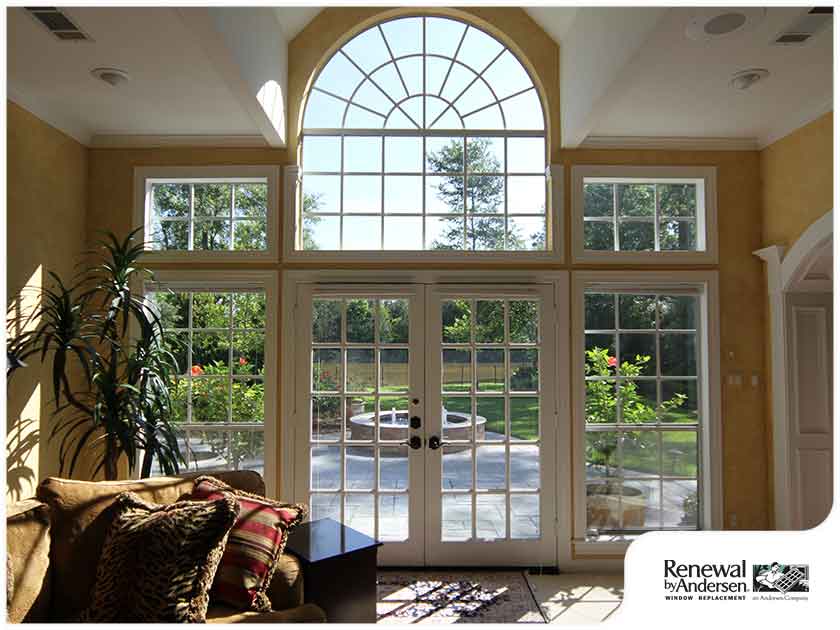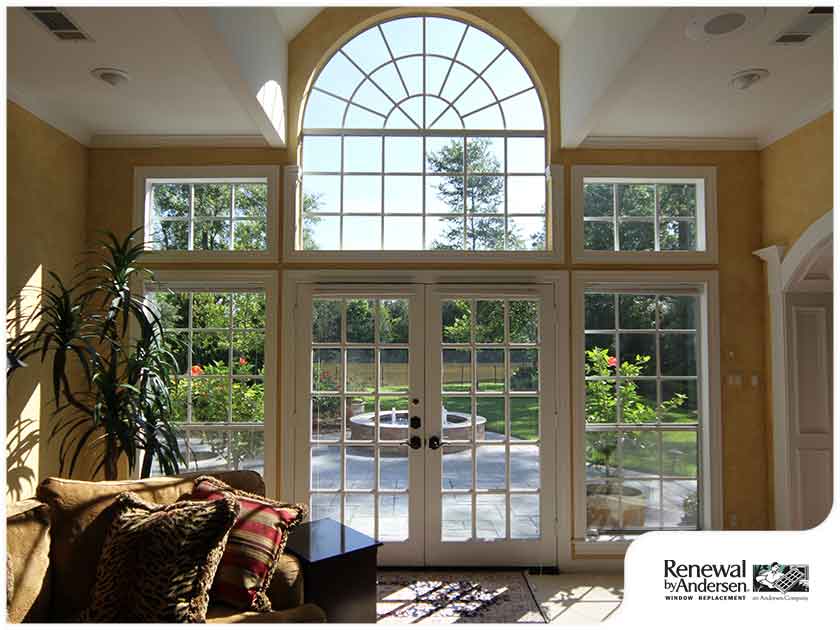MENU


The words “muntin” and “mullion” are terms that are frequently tossed around when you’re planning to get replacement windows. These window terms have actually been around for a long time, so it’s not surprising if people get confused with their definitions. How do they differ from each other?

According to the Oxford English Dictionary, mullions are the vertical bars between the panes of glass in a window. This doesn’t refer to the horizontal stile pieces in a window; muntin is the more accurate term. Only a few companies actually differentiate between the two words, especially since buyers don’t usually take the time to know the difference between them.
In the time right before the Victorian Age and the advent of inexpensive plate glass, it was both impossible and prohibited to manufacture large sheets of glass. As such, smaller panes of glass were held together by mullions. A mullion only refers to the vertical piece of wood separating the panes of glass, not both the vertical and the horizontal stile pieces.
Muntins are often used because they were structurally necessary, especially if the outer walls of early structures were unable to carry the weight when large windows were placed in the walls. Muntins are installed so the weight is transmitted vertically. This term refers to any kind of vertical divider, whether for windows, doors, furniture or wood panels.
A muntin’s earliest known reference dates back to 1688, when the writer R. Holme described it as “moontans and panels.” But one of the clearest early definitions comes much later in 1850, from an English architectural glossary that spoke of “English joiners [who] apply the term ‘muntin’ to the intermediate upright bars of framing, and call the outside uprights styles.”
If you’re searching for quality windows, call Renewal by Andersen® of San Francisco today! You can contact us at (866) 609-5033 or via our convenient online form. We serve customers in San Francisco and surrounding areas.